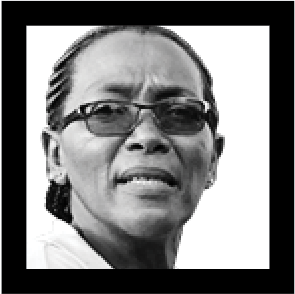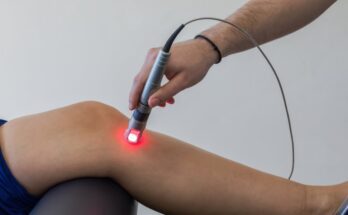
Maize farmer
Machakos, Kenya
This story is one of a series about how hidden innovations produce the foods we eat at the prices we pay. It has been edited for length and clarity. As told to Krithika Varagur.
I’ve been a farmer for six years, mainly of maize, but also coffee and sweet potatoes. Two years ago, I started using a hybrid maize seed called SAWA, which was developed specifically for drought-like conditions by scientists from the International Maize and Wheat Improvement Center (CIMMYT), based in Mexico. It was first donated to me as a sample by Dryland Seed Limited, a local seed company, and now it’s very popular, so a lot of us here buy it ourselves. This hybrid is better than the traditional varieties, no doubt; it’s a better seed and yields a bigger crop. The taste is different too–it’s a little sweeter. We eat a lot of maize in Kenya; it’s our staple food, especially as ugali, a maize flour porridge.
We have two harvest seasons. October to December is the main one, and the minor one is February to April. If you come here in July or August, it is a very bad place to be. It’s so hot. With this hybrid, even when we have small rains, the maize is very good. And they don’t get so affected by the sun. The new variety has fewer diseases, including northern corn leaf blight, gray leaf spot, maize streak virus, and maize lethal necrosis, a viral disease that was a big problem for us when it broke out in 2011.


